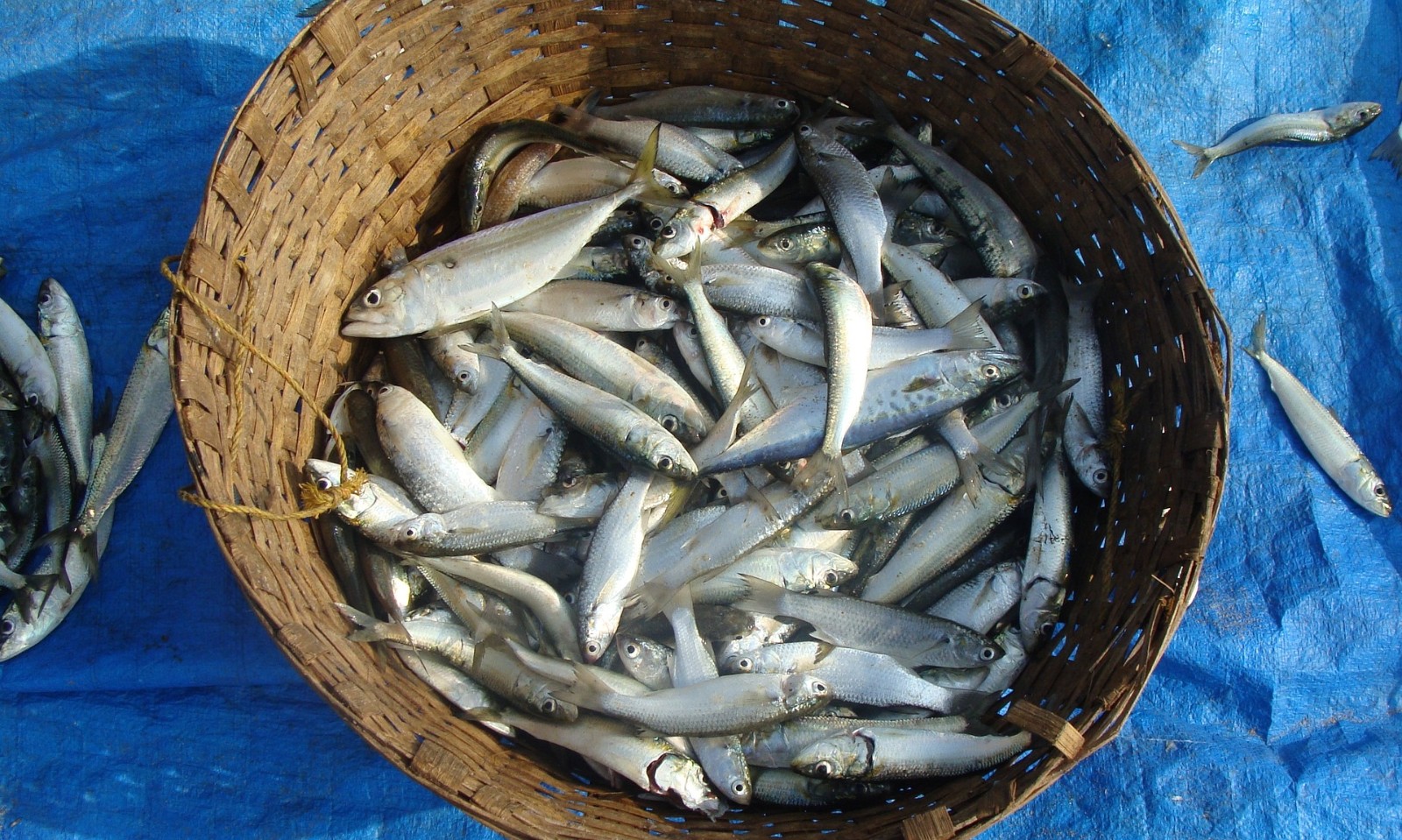


During the North Atlantic Seafood Forum (NASF), Gorjan Nikolik, chief seafood analyst at Rabobank, shared global seafood import and export trade data. In 2022, China will become a net seafood importer for the first time, and the number one net exporter will be ranked by Norway replaced.
Nikolik said: "For the past 20 years, China has been a net exporter of seafood. In 2022, they joined the ranks of other large economies and are no longer a net exporter. What will happen to China's seafood import and export trade in the future? Development? I think the answer is obvious, the Chinese population is aging and the Chinese market is increasingly dependent on imports.”
Nikolik pointed out that the dramatic changes in the Chinese market mean that the global seafood trade pattern has taken on a new look. Compared with the lineup before the epidemic in 2019, the list of net exporters in 2022 feels very different.
Norway has been ranked No. 2 for more than a decade, and it jumped to the top of the list for the first time last year with a net export value of US$14.5 billion. Ecuador's net exports are also growing rapidly, from $2.8 billion to $9.2 billion in ten years. "Norway currently ranks first, but in the next 10 or 20 years, or before 2030, will Ecuador surpass Norway? You must know that the growth of Ecuador's white shrimp production is orders of magnitude, while the growth of Norway's export value can only be based on An increase in the price of salmon."
"The industry in Ecuador expects that the production of white shrimp will maintain double-digit growth this year. What will happen in the future? Maybe next year or a few years later, we may see a brand new market situation, let us wait and see." Nikolik said.
Nikolik mentioned that during the COVID-19 pandemic, the export trade of salmon and shrimp grew against the trend, and the global trade volume of both currently exceeds US$25 billion. In 2022, the trade volume of the shrimp sector will increase by 6.2%, and in 2021 by 19.8%. In 2022, the value of salmon trade will increase by 11.5%, and in 2021 by 21.3%.
Nikolik explained that the growth of shrimp trade volume was driven by Ecuador's production, and behind the growth of salmon trade volume was the sharp rise in prices in the past two years. According to Rabobank's calculations, if the growth rate of shrimp and salmon is maintained, the trade volume between the two will exceed that of poultry and pork before 2030, but it is far from reaching the market size of beef ($55 billion).
Need help or have a question?
Send mail